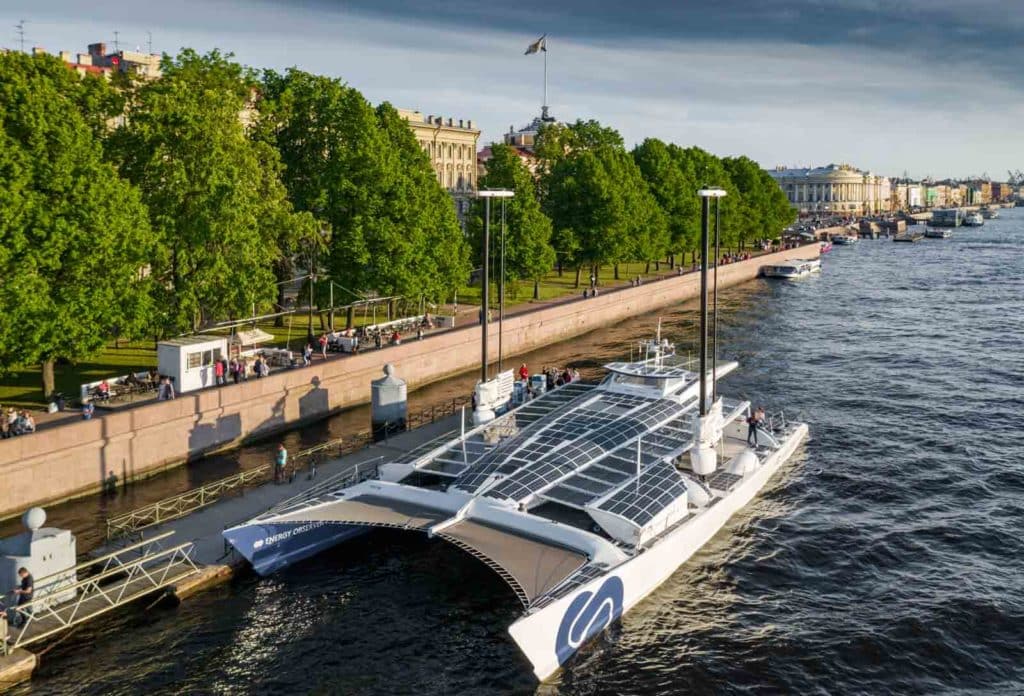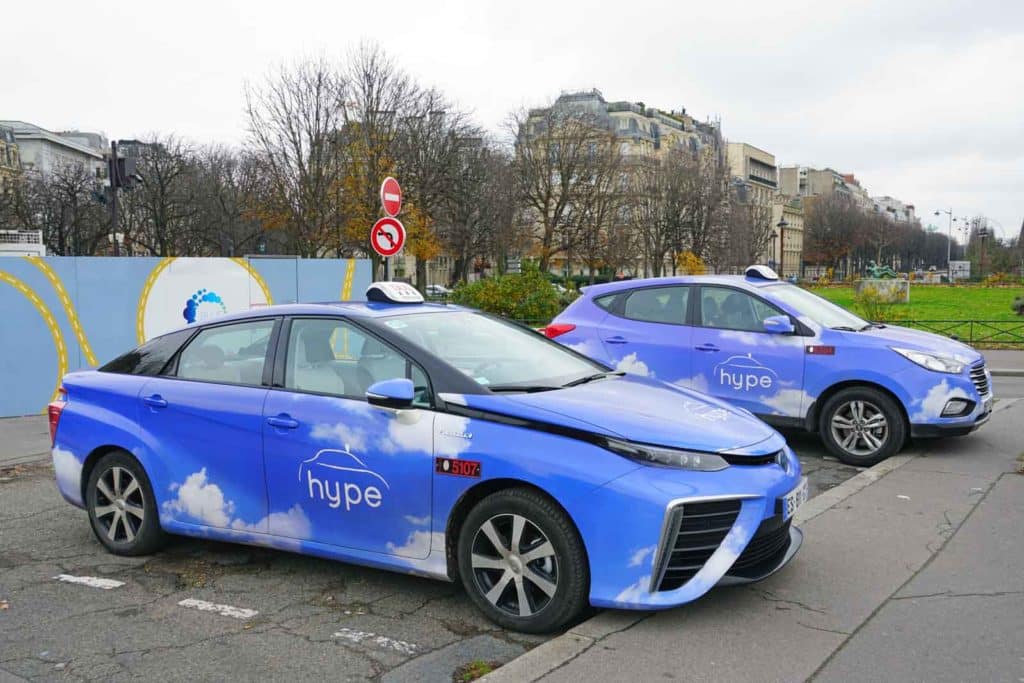Hydrogen will be a breath of fresh air for our urban centers. Current traffic congestion has resulted in suffocation of our towns and cities. Hydrogen breathes new life into our transport systems. And, more importantly, into our lungs. Let’s get to where we want to go – a clean air future for us all.
Transportation technology has continued to change over many thousands of years and driven history itself. A great example is the invention of the steam locomotive, which enabled not just faster rail transportation of goods and people but the Industrial Revolution to occur. We are now at a new crossroads where climate change and new technologies are set to define how we travel and transport goods in the 21st century and beyond.
With the massive growth in recent decades of global populations and the accompanying rapid expansion of transportation systems to match mobility demands, today’s transportation infrastructure accounts for approximately a quarter of all global greenhouse gas (GHG) emissions – resulting in urban pollution and major impacts on our climate.
The Covid-19 lockdowns gave us a glimpse of the benefits of a cleaner urban environment. Daily global emissions fell by 17% at the peak of the lockdown thanks to major transport movement nearly grinding to a halt.
“Major cities that suffer from the world’s worst air pollution have seen reductions of deadly particulate matter by up to 60% from the previous year, during a three-week lockdowns period.” CNN.com


We need both working together to help combat climate change. Fuel cell and battery electric vehicles make use of similar and complementary technologies, so developing and scaling both in parallel will allow steeper innovation and learning curves – plus economies of scale in development and production, resulting in faster cost reductions and availability.
FCEVs & BEVs are complimentary. We need both to reduce transport emissions.
By 2050, 113 million fuel cell electric vehicles (FCEVs) could save up to 68 million tonnes of fuel and eliminate almost 200 million tonnes of carbon emissions. Put together these figures will make a significant contribution to reducing energy consumption and greenhouse gas emissions in the transport sector.
And not just on the road. Not forgetting that 90% of global trade is by sea and that aviation counts for 3% of all global emissions, hydrogen could also make a significant change in sea and air transport emissions.
Hydrogen could cut carbon emissions significantly for transport on the road, at sea and in the air.

Once a racing catamaran that won trophies and broke world records, the Energy Observer is now the first vessel in the world to both generate and be powered by hydrogen. It can sail around the world autonomously and demonstrates how our transport system can be revolutionised with hydrogen.
Read the full story.

Hype in Paris is the first 100% hydrogen-powered taxi fleet in the world. Hype taxis have traveled more than 4.4 million kilometers, transported over 650,000 passengers, and saved more than 2 tons of nitrogen oxides (NOx) from entering the atmosphere.
Read the full story.